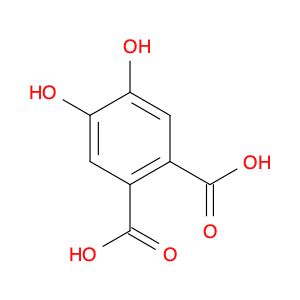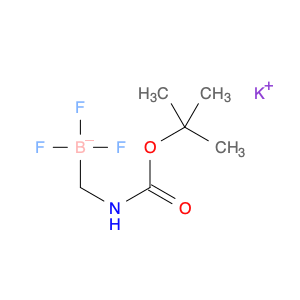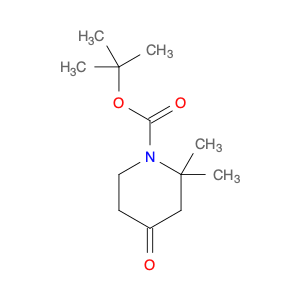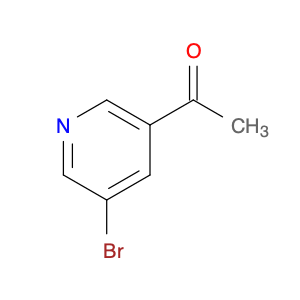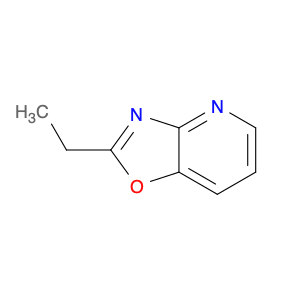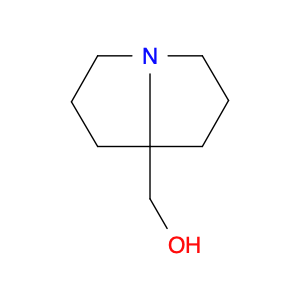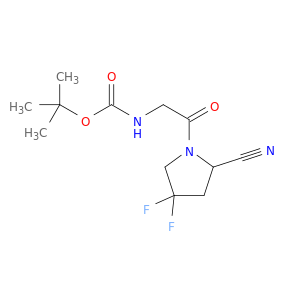4,5-Dihydroxyphthalic acid, also known as protocatechuic acid, is a versatile compound widely used in chemical synthesis. Due to its unique chemical structure, this compound serves as a key building block in the production of various important chemicals and materials.In organic synthesis, 4,5-Dihydroxyphthalic acid is often utilized as a precursor for the synthesis of complex molecules. It can undergo various reactions, such as esterification, oxidation, and condensation, to form a wide range of derivatives with diverse properties. These derivatives can be further employed in the development of pharmaceuticals, agrochemicals, and specialty chemicals.One of the primary applications of 4,5-Dihydroxyphthalic acid is in the production of polyesters. By reacting with diols or other polyols, this compound can participate in polyesterification reactions to yield polyester resins with desirable properties, such as high strength, flexibility, and thermal stability. These polyester resins find uses in the manufacturing of coatings, adhesives, and packaging materials.Furthermore, 4,5-Dihydroxyphthalic acid serves as a crucial intermediate in the synthesis of dyes and pigments. Through various chemical transformations, it can be converted into chromophores that impart vibrant colors to textiles, plastics, and paints. The versatility of this compound in dye synthesis enables the creation of a wide spectrum of pigments with different hues and properties.Additionally, 4,5-Dihydroxyphthalic acid plays a significant role in the field of materials science. Its ability to form coordination complexes with metal ions makes it valuable in the preparation of metal-organic frameworks (MOFs) and coordination polymers. These materials exhibit unique structural, electronic, and magnetic properties, making them promising candidates for applications in gas storage, catalysis, and sensing.In summary, 4,5-Dihydroxyphthalic acid is a valuable compound in chemical synthesis, offering a multitude of applications in the production of polyesters, dyes, pigments, and advanced materials. Its versatility and reactivity make it a key ingredient in the synthesis of a wide range of chemical products with diverse industrial applications.
 sales@aaronchem.com
sales@aaronchem.com
